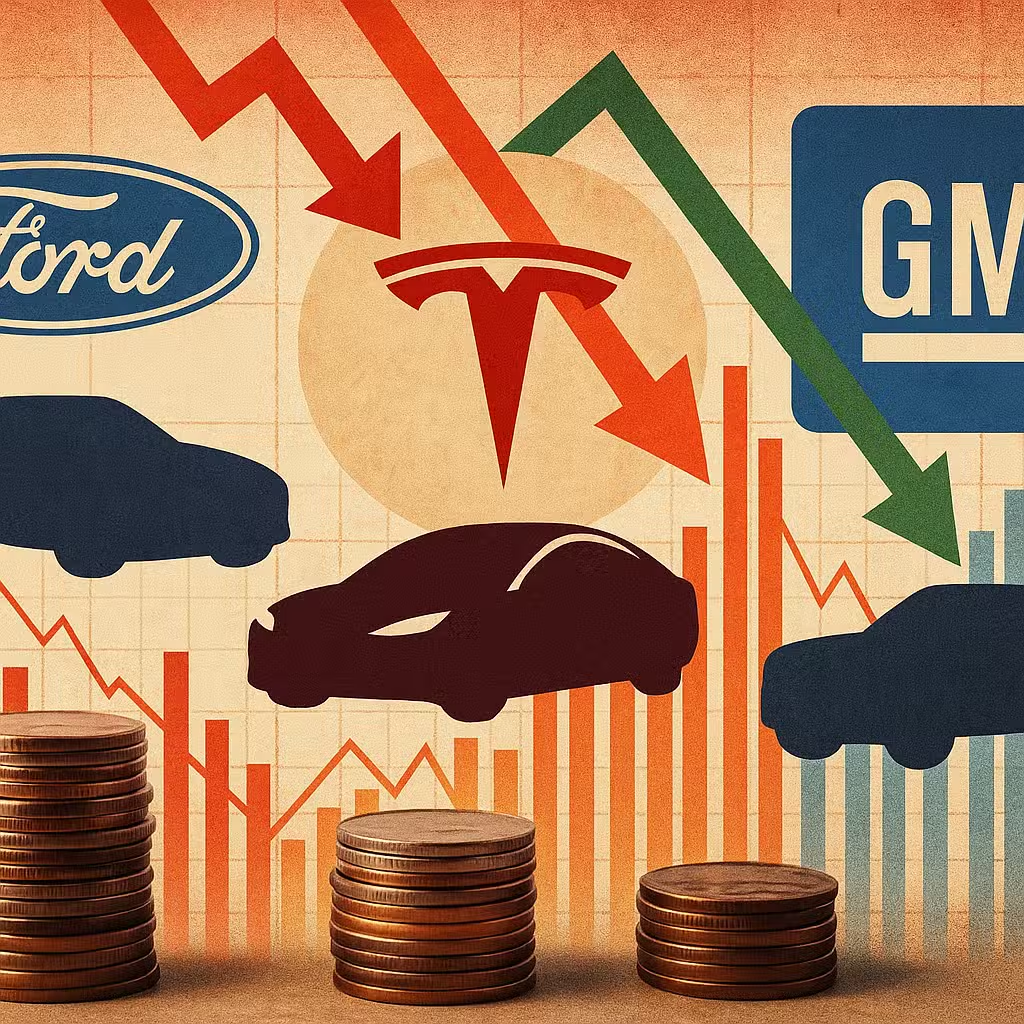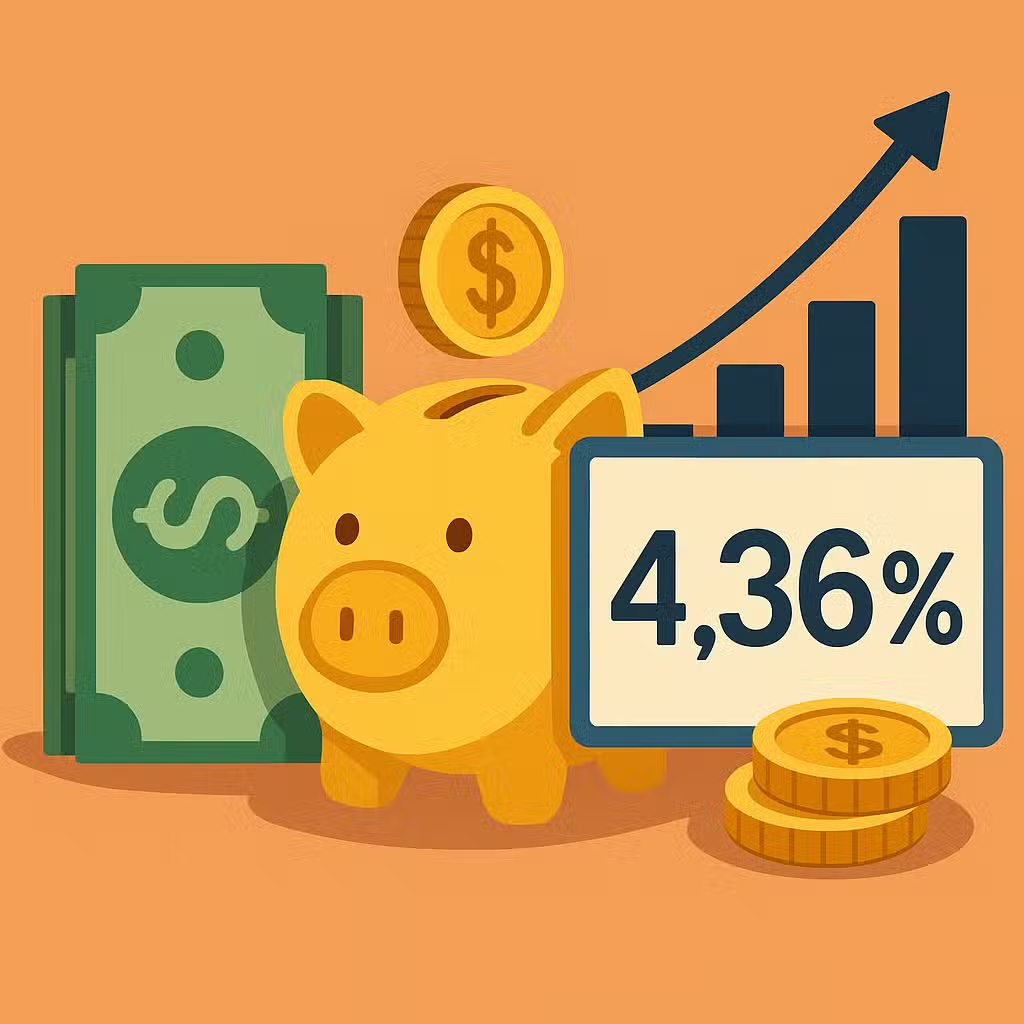Three-Year Bull Market: What History Suggests About Potential Gains and Risks Ahead for Investors
Imagine the stock market like a roller coaster at an amusement park—sometimes it races up, sometimes it dips down, but if you know the ride, you can enjoy the thrills without losing your lunch. Today, we’re celebrating the third “birthday” of this market’s latest climb, and that’s big news for investors.
Why This Bull Market Anniversary Matters
Three years ago, the S&P 500 hit a low point, falling more than 25% as the Federal Reserve started raising interest rates. Since then, it’s bounced back, reaching new highs. For investors, this matters because long-lasting bull markets—periods when stock prices keep rising—can mean more opportunities for your portfolio to grow.
Good News: Bullish Signs for Investors
- History is on our side: Since World War II, bull markets that made it to their third year lasted about 6.5 years on average, with gains of 213% (source).
- This bull run isn’t over yet: So far, the S&P 500 is up 89% since its 2022 low. Historically, the fourth year of a bull market brings an average 12.7% gain, and sometimes much more.
- No warning signs yet: Experts like Ari Wald from Oppenheimer say there are no obvious red flags, such as fewer stocks going up or “defensive” sectors taking the lead—signs that usually hint trouble is near.
- Strong business earnings and AI: Companies are still making money, and the excitement around artificial intelligence is helping push the whole market higher. Sectors like technology and communication services are leading the way.
But There Are Risks to Watch
- Possible AI bubble: Some worry that too much hype around artificial intelligence could lead to a sudden drop if things don’t pan out.
- Economic worries: Issues like a possible government shutdown, weaker job growth, rising inflation, and growing national debt could slow things down.
- Trade tensions: Threats of higher tariffs on China from former President Trump have already shaken the market, causing a 2% drop in one day.
- Volatility ahead: Even though history suggests more growth, it doesn’t mean the ride will be smooth—ups and downs are likely.
What History and Data Tell Us
Looking back, the best fourth year of a bull market happened in the 1980s, when the S&P 500 jumped 29.7%. The worst was a small dip of 2.3% in the 1950s. According to Statista, the S&P 500 has grown about 10% per year on average over the last century, showing that patience can pay off for investors.
Bulls vs. Bears: The Big Debate
- Bulls (optimists) say:
- The market has room to grow, especially with strong earnings and new tech trends.
- Past bull markets often last much longer than three years.
- Bears (pessimists) say:
- All good things must end—too much excitement, especially about AI, could lead to disappointment.
- Economic and political risks could quickly change the outlook.
Investor Takeaway
- Stay invested, but don’t get overconfident: History says this bull run could keep going, but ups and downs are normal.
- Diversify your portfolio: Don’t put all your eggs in one basket—balance growth stocks with safer picks like bonds or cash.
- Watch for warning signs: Keep an eye on job numbers, inflation, and market leadership for hints about what’s next.
- Don’t chase the hype: Be careful about putting too much into trendy areas like AI without understanding the risks.
- Think long term: The market’s history shows that patient investors usually come out ahead.
For the full original report, see CNBC







